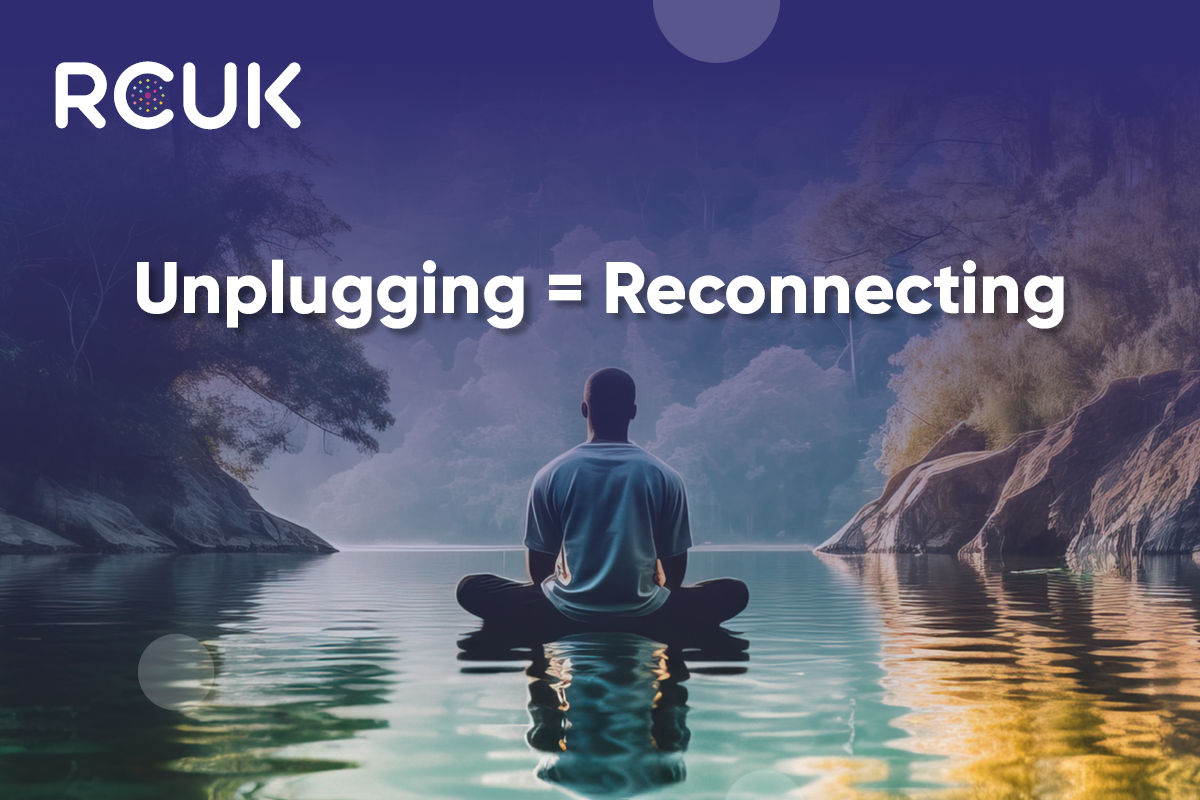Since they first decided to enter the handset market, Google have focused on producing phones that highlight the benefits of using stock Android. Latterly, especially with the introduction of the Pixel range, this has been supplemented by industry-leading camera setups and the Pixel 4 Range is no exception.
Currently, there are two handsets in the range (although a budget priced Pixel 4a is expected anytime soon) and these are the Google Pixel 4 and Google Pixel 4XL.
Google Pixel 4
The 4 is bigger than its predecessor the 3, with a 5.7” P-OLED screen. This has a relatively low screen to body ratio of 79.8% caused by the thick bezels at the top and bottom. Resolution is a standard 1080p, with a 444 ppi density, but the refresh rate is now 90Hz, for smoother scrolling. With Gorilla glass 5 front and back held together with an aluminium frame it weighs in at 162g and is IP68 dust and water resistant.
Shipping with Android 10, it has a Snapdragon 855 processor with 6GB of RAM and 64 or 128GB of non-expandable memory. Finally, the 4 has quite a small battery with only 2800 mAh capacity, although it does have 18W fast charging.
On the camera front, it now has a dual rear array, compared to the single camera of the 3. This consists of a main 12.2MP f/1.7, 27mm wide with PDAF and OIS together with a 16MP f/2.4, 50mm telephoto with PDAF, OIS and 2 X optical Zoom. These are arranged in a square black mounting on the top left of the rear. On the front, in the deep top bezel is an 8MP f/2.0 22mm wide lens supported by a TOF 3D sensor. This camera setup, as would be expected from Google Pixel phones, produces good shots in both daylight and the dark.
Google Pixel 4 XL
As it’s name suggest the XL is just a bigger version of the 4, with not much else changed. So, let’s start with the screen. This is now a 6.3” P-OLED with an 81.3% screen to body ratio. This too has the big top and bottom bezels of the 4, but an overall larger screen size reduces the impact of them.
Resolution is the flagship expected 1440p with a higher 537 ppi. Because of the bigger size, the weight has jumped to 193g, but everything else – refresh rate, build and IP68 certification are the same as the 4.
Inside, the processor and memory options also remain identical to the 4 but the XL now has a much larger 3700 mAh battery, again with 18W fast charging. The camera setup, both front and rear is also the same as the 4.
Both models are available in 3 originally named colours: Clearly White, Just Black and Oh So Orange and at the time of writing there is around £120 price difference between the two.








